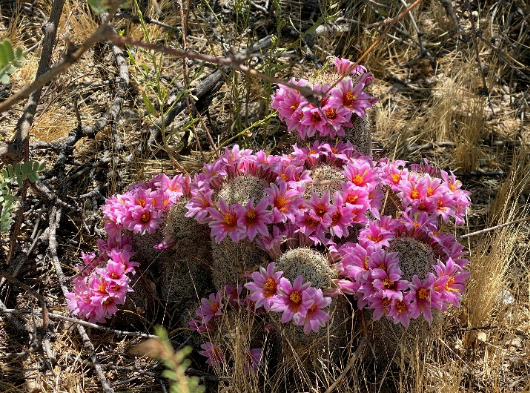September 4 is National Wildlife Day

This guy, Roadrunner Geococcyx californianus, and his species inspired my book, Don’t Make Me Fly! September 4 is National Wildlife Day. As a biologist, I love wildlife, whether it is in my backyard or at some distant exotic location. Wildlife Day was established to remind us about endangered animals, locally and around the world. This […]
“What’s a Nurse Tree?” you ask.

In the heat of the Sonoran Desert, many cacti use the shade of trees to help them survive. They also help in the cold winters. These are nurse trees. Underneath a mesquite in my yard, I found this thriving Graham’s Nipple or Arizona Fishhook Cactus. The scientific name is Mammillaria grahamii. I wouldn’t have noticed […]
